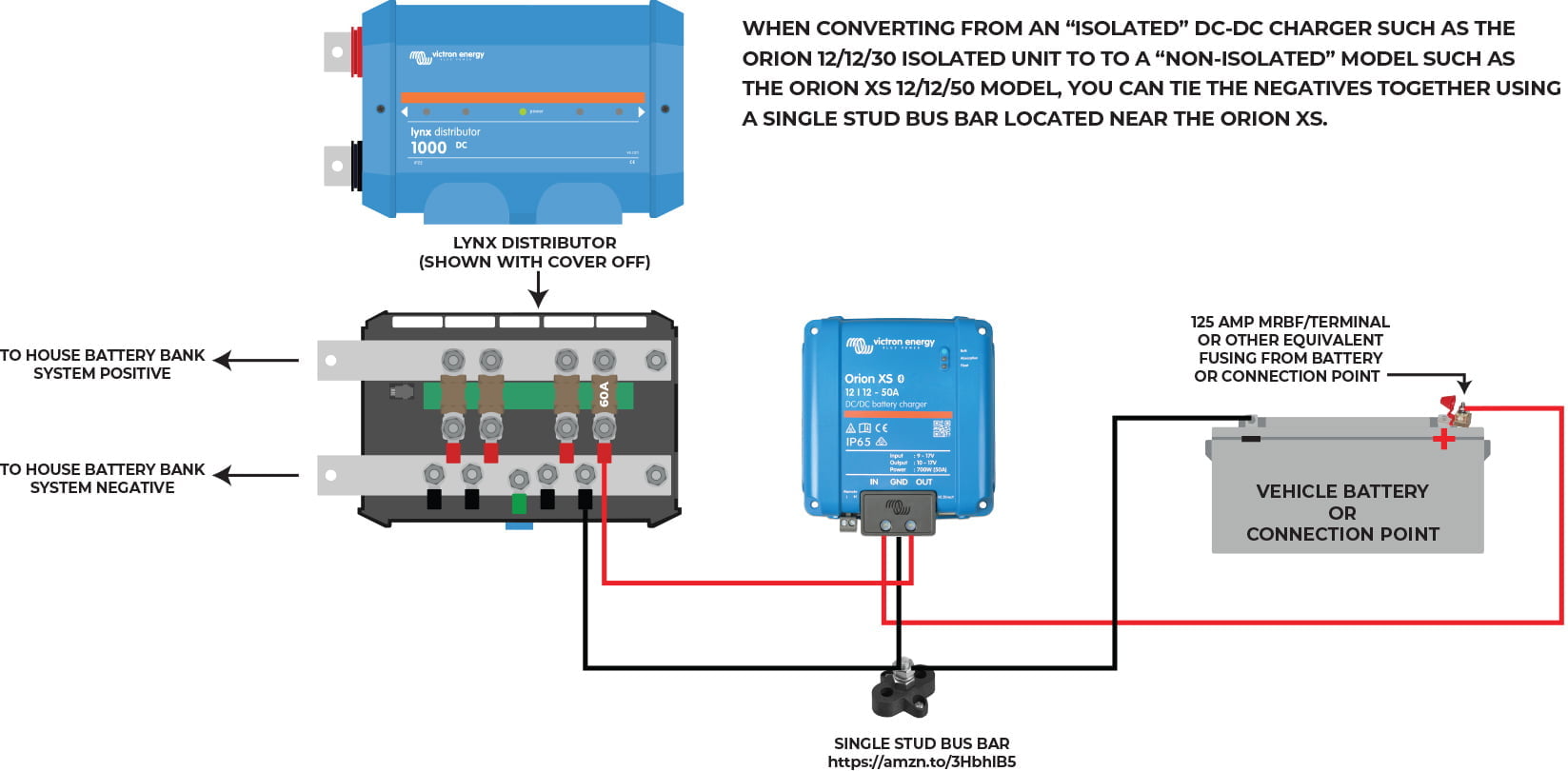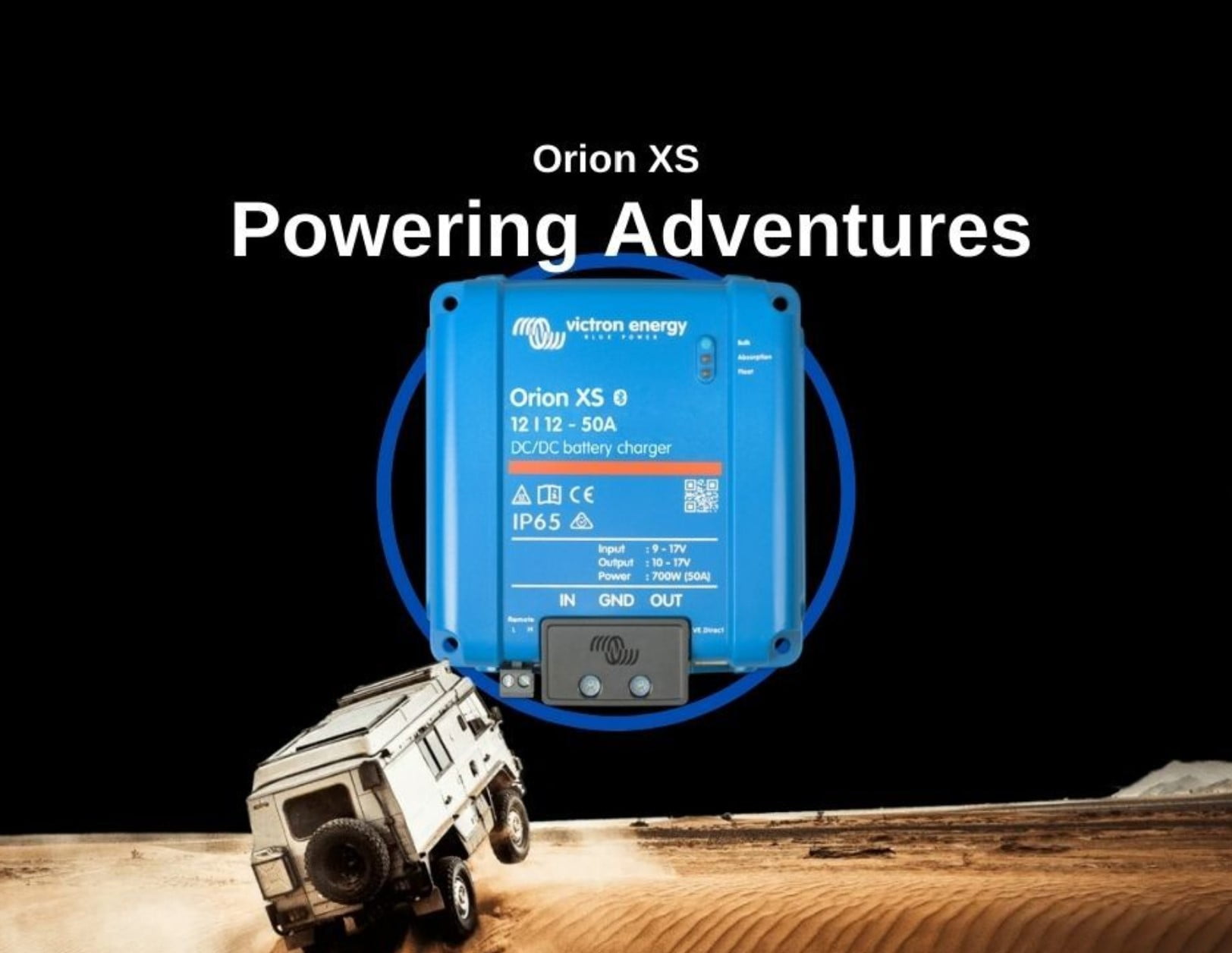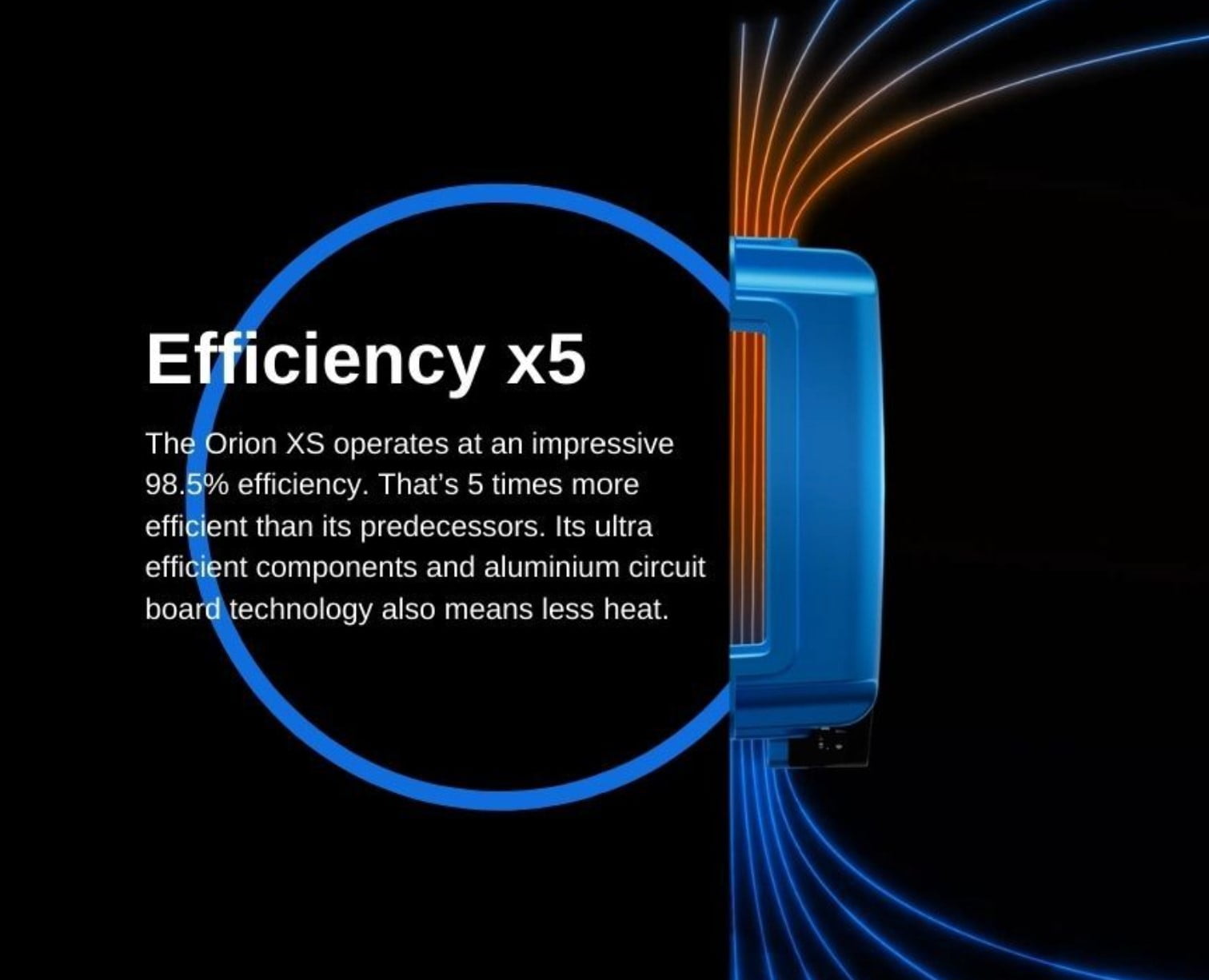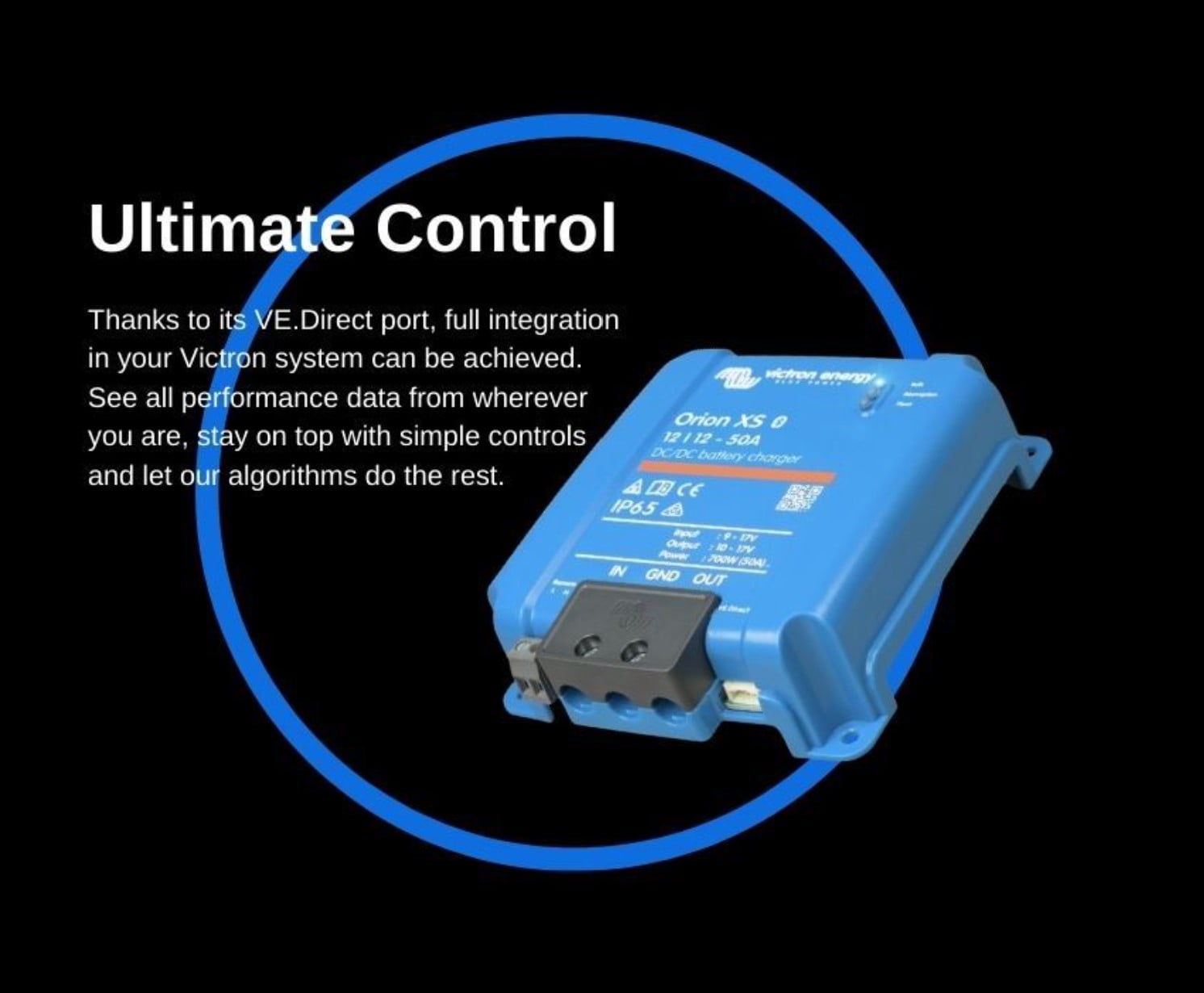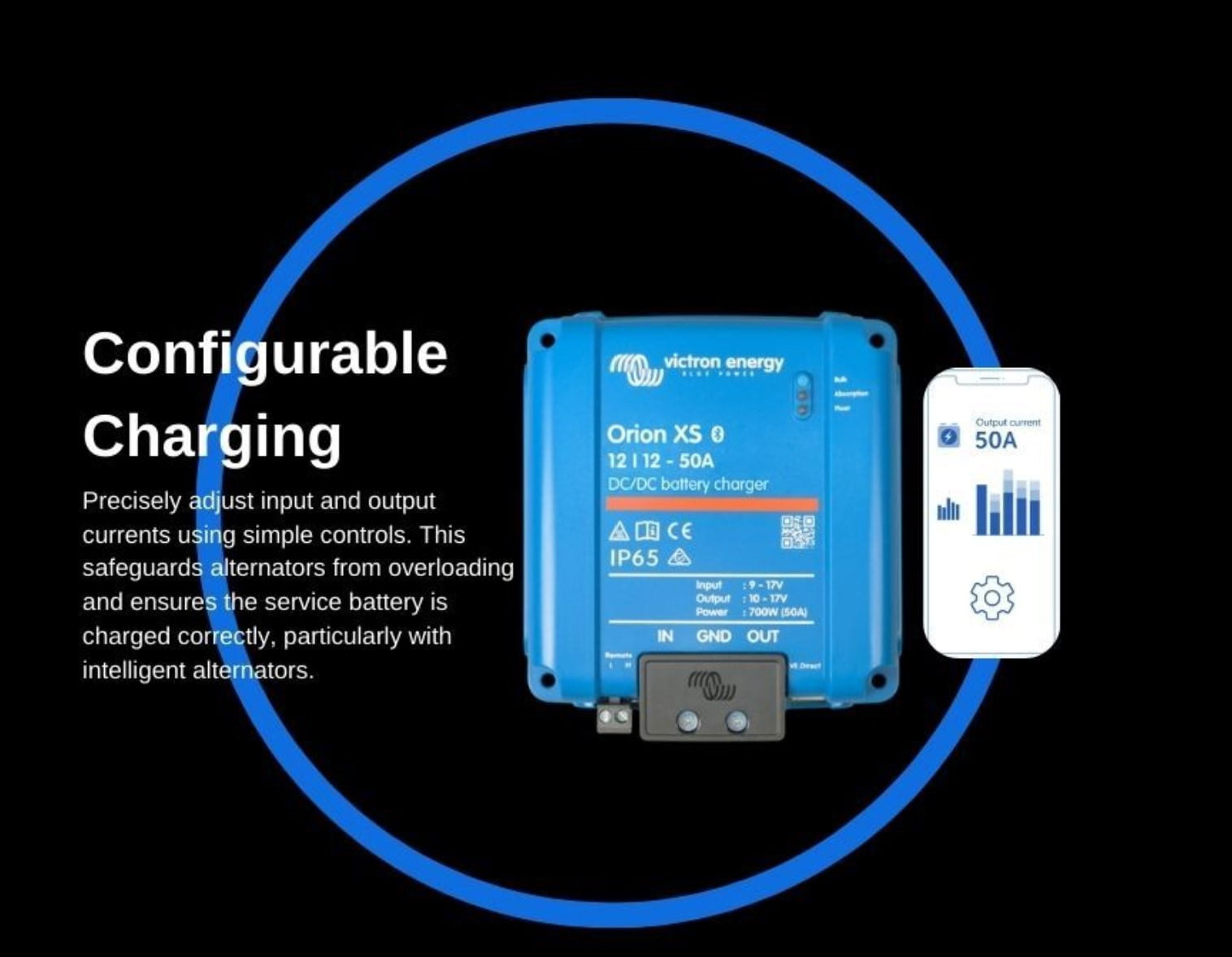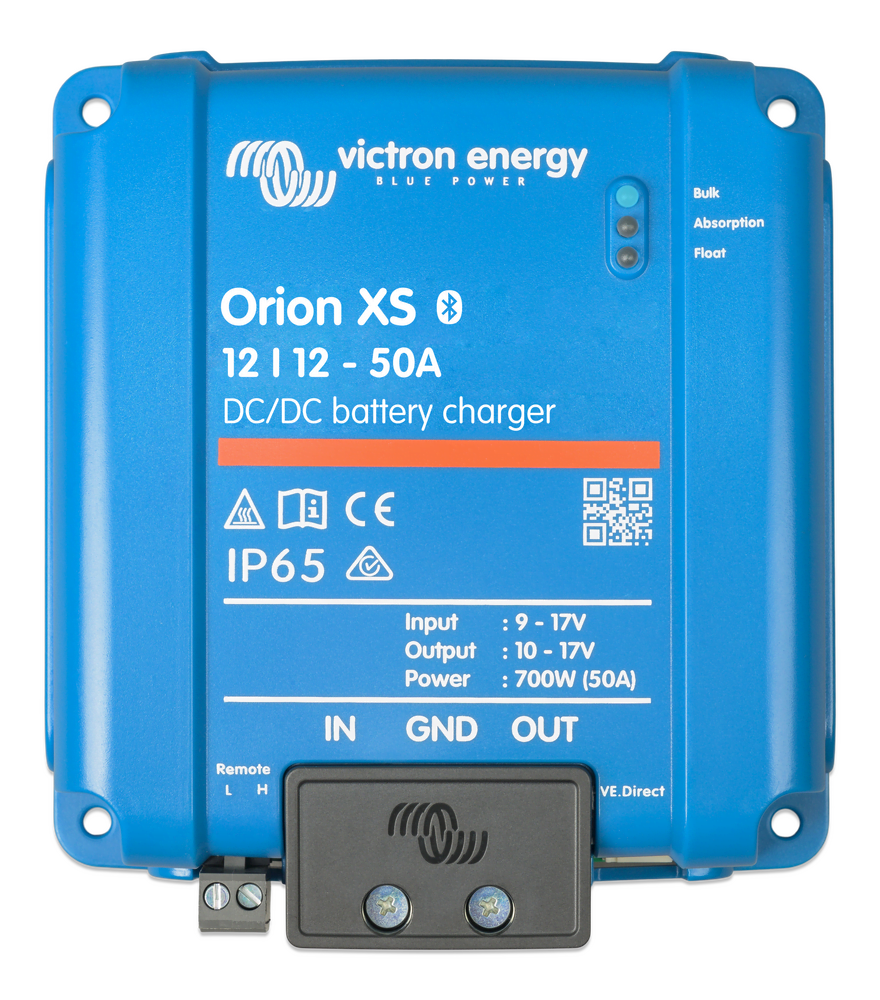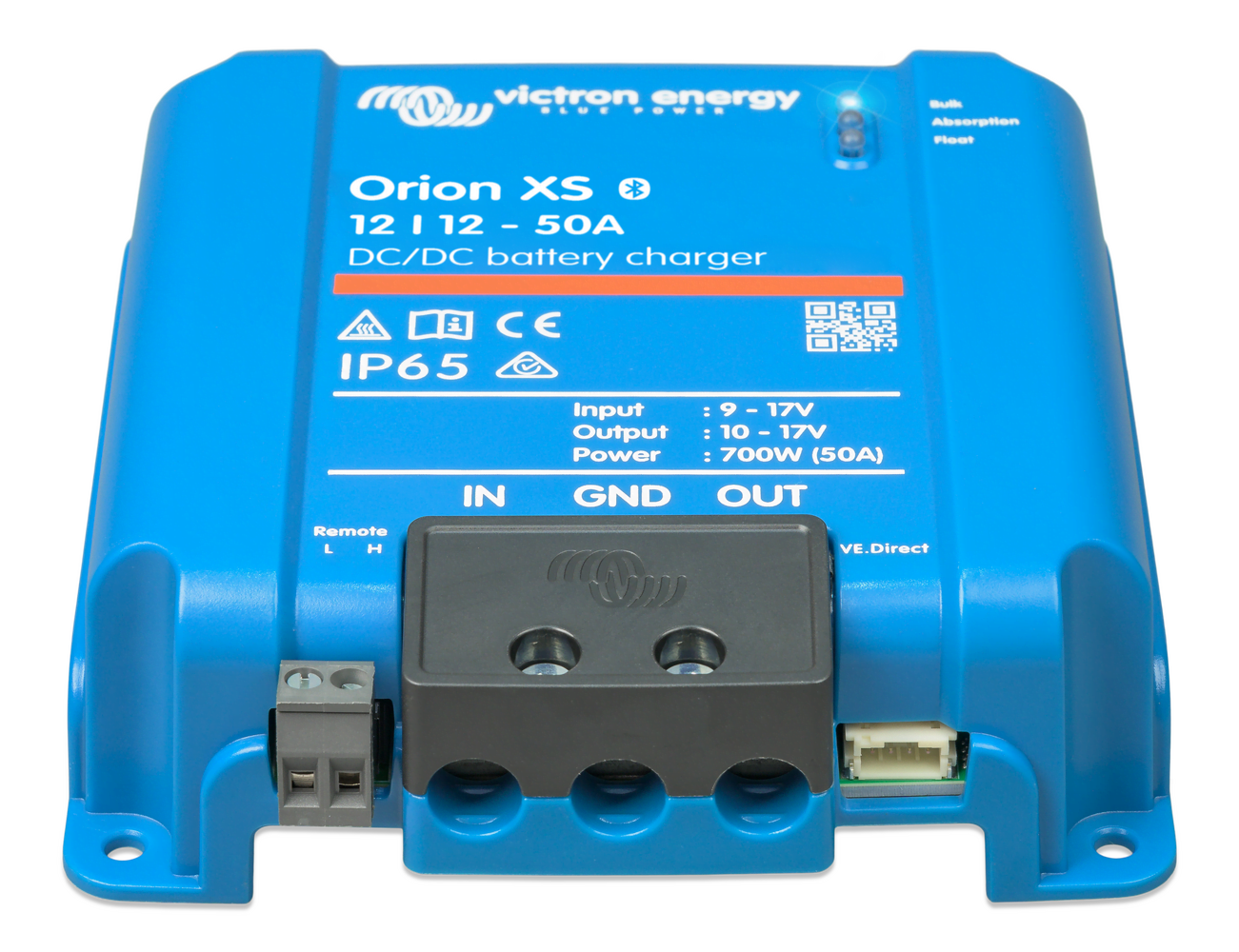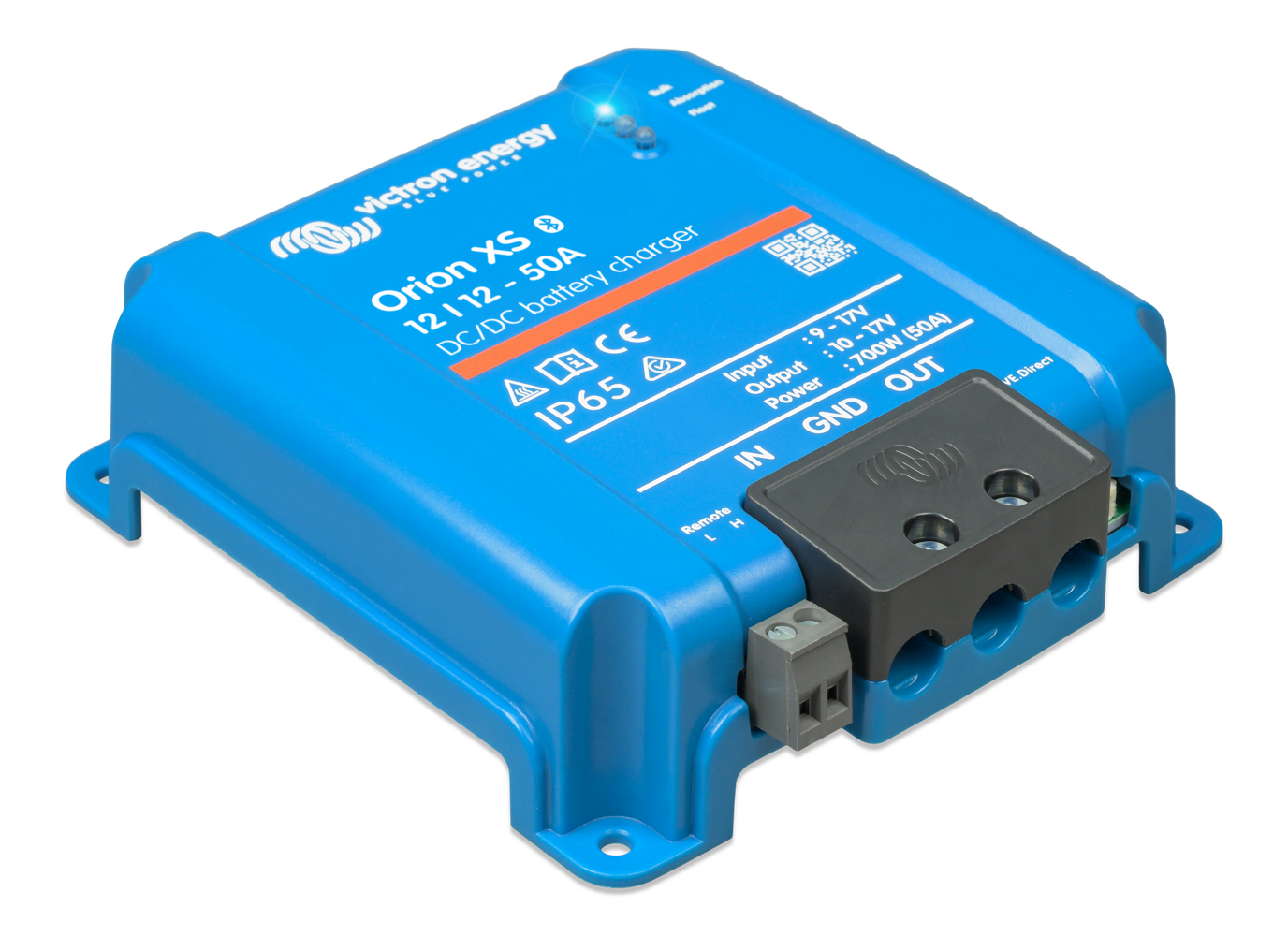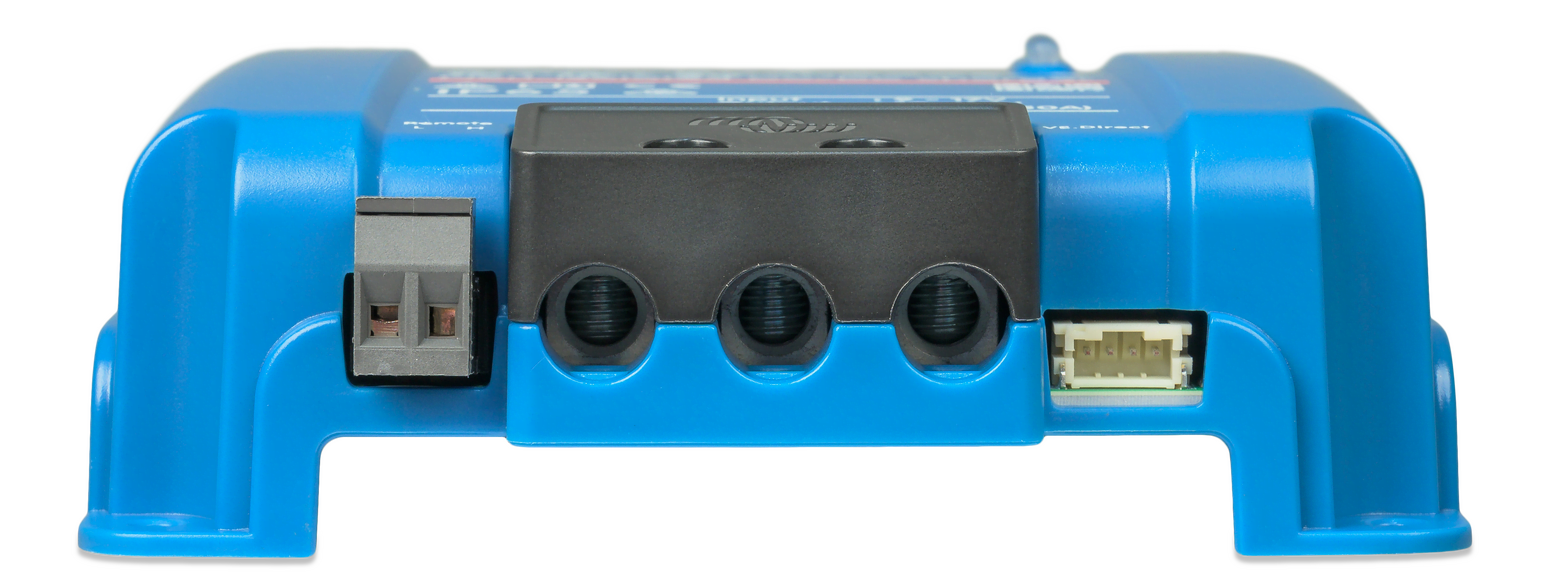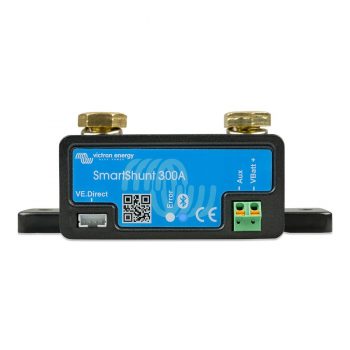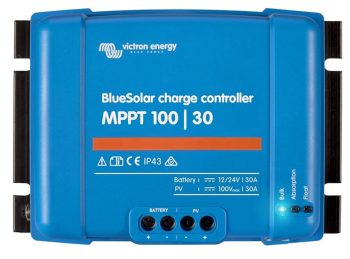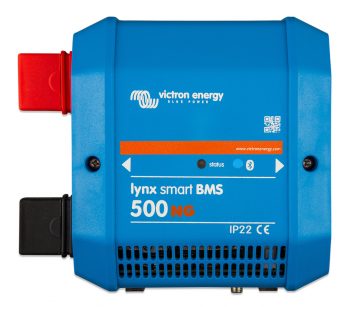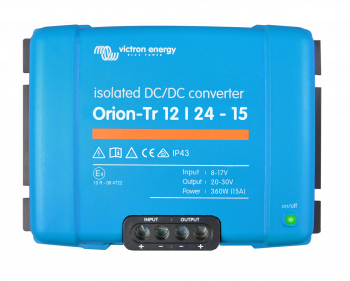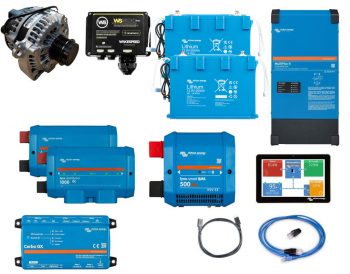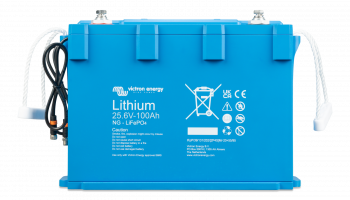Description
Migrate from Isolated DC-DC Chargers to Non-Isolated
Some of our customers may be migrating from an “isolated” DC-DC charger such as the Orion 12/12/30 Isolated DC-DC charger from Victron where there would have been both a negative and positive wire ran from the vehicle battery/connection point to the DC-DC charger. The illustration below shows how you could migrate to a non-isolated configuration.
About Isolated vs. Non-Isolated DC-DC Chargers
We primarily sell the “non-isolated” version of the Orions DC-DC chargers. The non-isolated version is a little easier to install since you only need to run a DC+ cable from the vehicle battery to the Orion DC-DC charger and the ground uses the chassis which is connected to your house power system negative bus bar through the chassis ground on the Lynx Distributor in our example wiring diagram. On the isolated versions, you need both the DC+ and the DC-.
Both the “isolated” and “non-isolated” Orion DC-DC chargers will keep the two battery systems separate (won’t charge) unless it believes the vehicle is running using the “engine detection” feature that basically monitors the voltage on the vehicle battery side of the unit and, when it goes up to over 14 volts, that’s the signal that the vehicle is running and it can start charging the house batteries.
What they mean by “isolated” is that negative connections are isolated from each other and in the “non-isolated” version the negative is common/shared on the input and the output. This is mostly important when you have sensitive equipment in your system such as radios/etc. in a marine environment. In a vehicle installation, everything is eventually grounded to the chassis and therefore there is no way to actually isolate the grounds. If you have a vehicle towing a trailer/RV where there are two chassis that’s another scenario where you could benefit from “isolated” DC-DC chargers.
Another situation where ground isolation is helpful is when you are working with sensitive electronic equipment like radios, high-end audio, etc. and are using the “power supply” mode instead of the “charger” mode.
